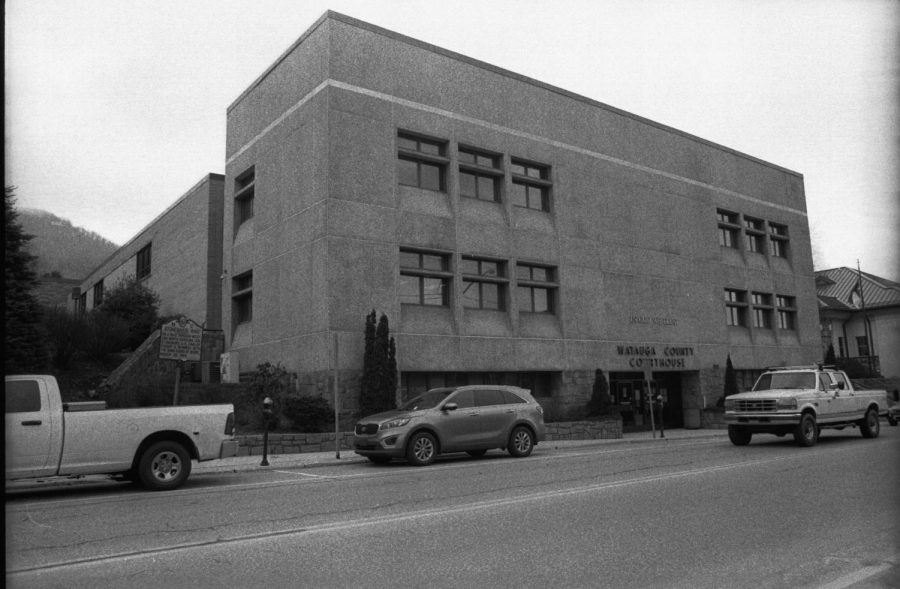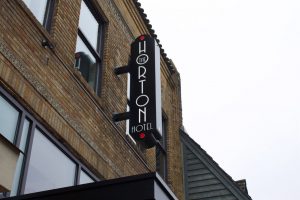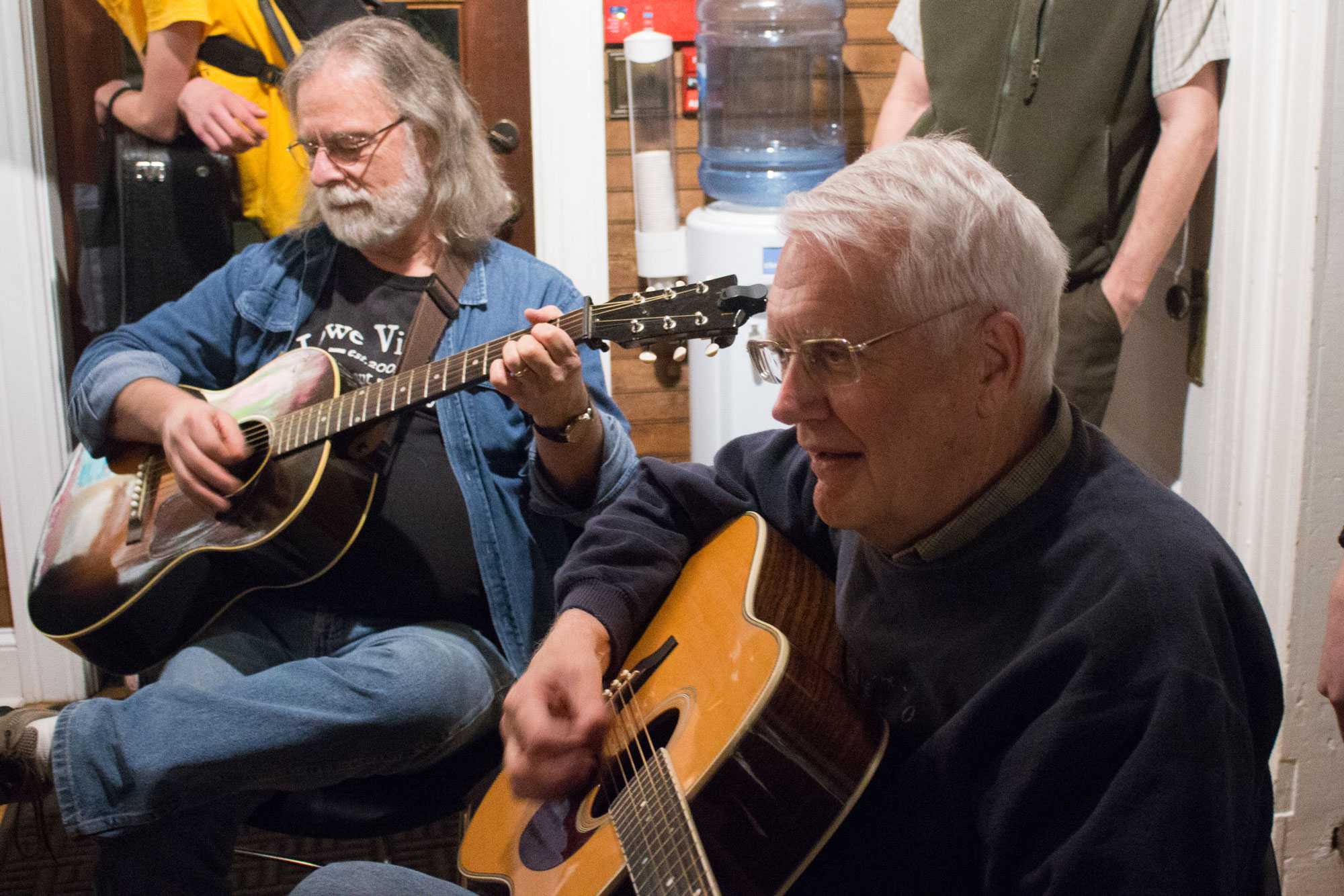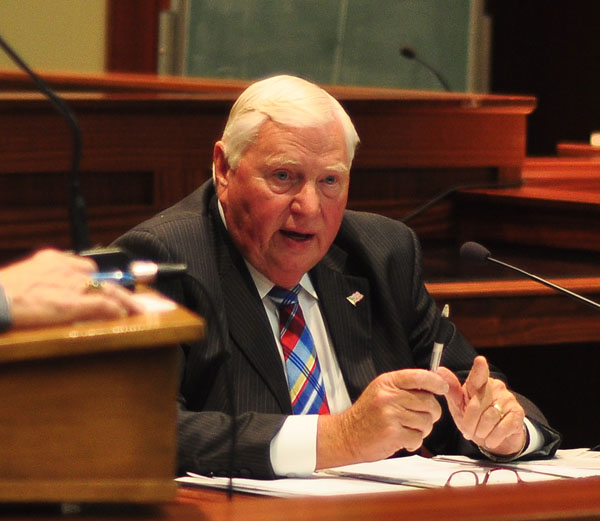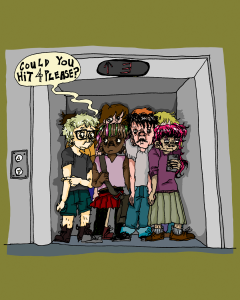Historic Preservation Committee seeks dedicated downtown district
New designated area in Boone aimed to protect properties from substantial change
Originally surrounded by grass and having stone pillars at its entrance, the Watauga County Courthouse has seen some changes over the years, but still shares a similar location.
March 26, 2021
A construction crew armed with machinery approached 136 North Water Street on a January morning. Then, D.H. Griffin Wrecking Company demolished The Hardin House.
The house was the childhood home of Bobby Hardin, a former Blowing Rock mayor. Built in 1926, it was an important architectural example of late 1920s residential construction, according to a report by the Boone Historic Preservation Commission.
The Historic Preservation Commission has recommended the Boone Town Council designate an area of downtown as a local historic district. If it is passed, the designation would protect the properties in the district from substantial change, add obstacles to demolition and increase tourism.
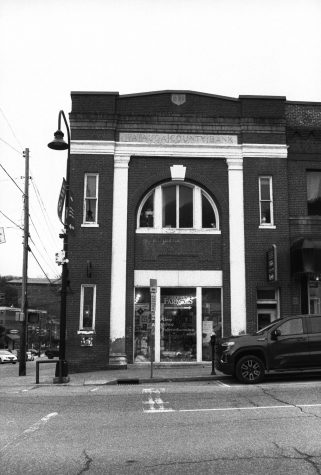
The proposed district borders Rivers Street in the east near the Beasley Media Complex and Queen Street in the west by the back of Lost Province. The north and south boundaries of the district are roughly the Watauga County Courthouse and Appalachian Street near Boone Saloon.
The Hardin House is one of 120 properties listed in the report as evidence of the historic significance of downtown Boone. Each property meets the 50-year age requirement and has either architectural significance or a connection to historic events or individuals.
John Ward, town manager, said the demolition of the Hardin House and other historic buildings in recent years have served as reminders of the pace of change.
“These losses have propelled our elected town officials to place a heightened value on our community’s history and work to protect it,” said Ward.
A local historic district is a type of zoning that applies to entire neighborhoods or areas composed of many historic properties. The zoning provides guidelines for the appearance of properties and limits property owners’ ability to demolish these properties, according to the North Carolina Department of Natural and Cultural Resource.
In Boone, a property owner will have to wait one year after deciding to tear down a property before they can do so. During that year the HPC will discuss other options with the owner, according to the downtown Boone local historic district design guidelines and handbook.
The Boone Town Council will not vote on the recommendation immediately. A vote will take place after public hearings where residents can review and comment on the details of the recommendation.
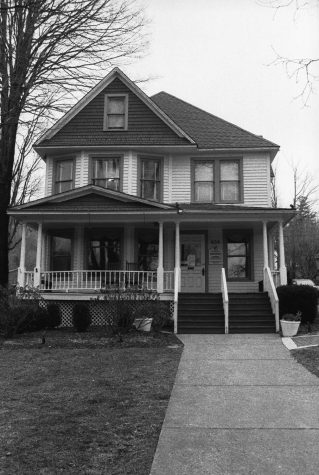
The HPC began researching the report more than 10 years ago under direction of the town council. In 2014 Eric Plaag, founder of Carolina Historical Consulting, joined the team.
Plaag said before he joined, the HPC attempted writing guidelines property owners would have to follow if the downtown area became a local historic district, which is generally one of the last steps of the process.
In 2015, the HPC announced a new strategy. The commission began a survey involving meticulous research into the history of every property with suspected historical significance in the downtown area. The town council approved $8,000 of funding for materials and hired three interns to assist Plaag with the research process.
In late 2019, Plaag and the HPC completed the 400-plus page survey detailing the reason for preservation of property outlined within the proposed district.
“I wanted this document to be something that captured as much information as I could,” Plaag said. “One of my complaints about most architectural surveys is they tend to be more of a snapshot in time and less of a true architectural survey where you are looking at change over time.”
The final draft of the Downtown Boone Local Historic District Guidelines and Handbook was completed January 2020.
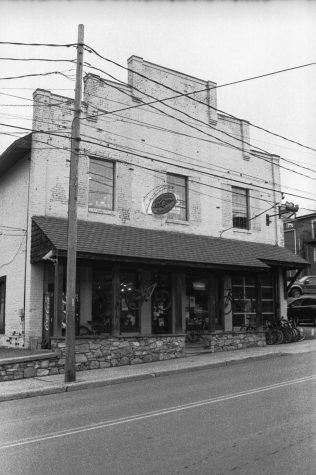
The design guidelines are constructed around the Secretary of the Interior’s Standards for Rehabilitation, or Secretary Standards. These 10 guidelines are employed throughout the country in local historic districts. They are a set of rules property owners must follow when making changes to their property that would impact the historically significant elements.
Rule one of the secretary standards is “a property shall be used for its historic purpose or be placed in a new use that requires minimal change to the defining characteristics of the building and its site and environment,” according to the NCDCR.
Plaag addressed potential concerns voiced by property owners that they would be unable to work on their property if it fell within the local historic district.
“I think a lot of people sometimes have this impression that if your building is listed (as historic) that you can’t do anything to it. That is fundamentally untrue,” Plaag said.
Changes can involve modern updates such as solar retrofits, new heating and cooling appliances and changes made to meet code. Many changes are possible, “they just have to be done the right way,” Plaag said.
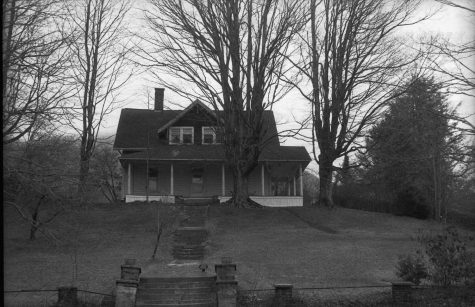
A property owner in the district who wanted to work on their property would consult with the HPC to ensure the property’s historical elements are not altered. The commission would also give recommendations for materials that align with the historical era of the property.
While property owners would have to follow these guidelines if the local historic district was passed, they could also see benefits, according to the downtown Boone design guidelines.
Most notably among these are a boost in tourism, an increase in property value and the potential for tax credits.
John Ward, town manager, said he hopes that the public forums will help educate residents about the benefits of creating a local historic district and “preserving our community’s history.”
Plaag said he believes preserving historical properties is not only a way to protect the past but also an excellent way to prepare for the future.
“Many people don’t see preservation as progressive and forward-thinking when in fact, it is. You’re preserving something that you can use later,” Plaag said. “It’s the same reason why parents with lots of kids learn really quickly: you don’t throw away or get rid of the clothing of your oldest child before your younger children have used those things.”

